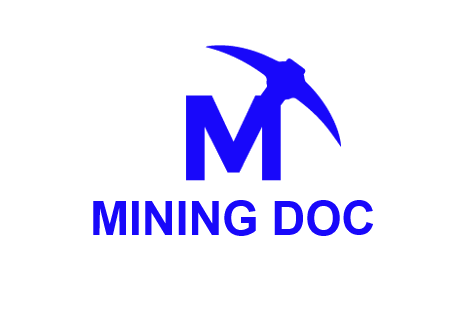For the manufacture of lithium-ion batteries, which are utilised in EVs, cellphones, and other renewable energy applications, cobalt is a crucial mineral. Cobalt demand is expected to climb sharply as the globe shifts to greener technologies. The world’s cobalt reserves, especially those in the Democratic Republic of the Congo (DRC), which account for the majority of the world’s cobalt supply, are at the centre of this rising demand.
Global cobalt reserves were projected to be at 11 million tonnes as of 2023. The Democratic Republic of the Congo (DRC) is the world’s largest cobalt reserve holder, accounting for 54.55% of total reserves. Additionally, the nation produced an astounding 74% of the world’s cobalt.
The DRC’s major mines are Kisanfu, Tenke Fungurume, Kamoto Copper Company (KCC), Mutanda, and Ruashi. Large corporations like Glencore and China Molybdenum run these mines. Furthermore, artisanal mining (ASM) is important, but it raises ethical issues with child labour and unfavourable working conditions. Cobalt mining in the Democratic Republic of the Congo is essential to the world’s transition to green energy, despite substantial moral and environmental difficulties.
Australia is one of the leading producers of cobalt in the world since it also has large reserves of the metal. With reserves estimated at 1.7 million tonnes, the nation ranks second in the world for cobalt reserves, behind the Democratic Republic of the Congo (DRC). The principal source of these reserves is nickel-cobalt laterite deposits, with the majority of the large-scale production occurring in mines like Ravensthorpe and Murrin Murrin.
Due to cobalt’s vital significance in the expanding electric vehicle (EV) and renewable energy sectors, nickel mining has become a significant source of cobalt production in Australia. Australia is positioned as a strategic supplier of ethically obtained cobalt due to its stable political climate, strict environmental standards, and potential for future expansion.
Cuba, Russia, Indonesia, and the Philippines are among the other nations possessing significant deposits.
| Country | Reserves | Percent of world |
| Congo | 6,000,000 | 54.55% |
| Australia | 1,700,000 | 15.45% |
| Cuba | 500,000 | 4.55% |
| Indonesia | 500,000 | 4.55% |
| Philippines | 260,000 | 2.36% |
| Russia | 250,000 | 2.27% |
| Canada | 230,000 | 2.09% |
| Madagascar | 100,000 | 0.91% |
| Turkey | 91,000 | 0.83% |
| United States | 69,000 | 0.63% |
| Papua New Guinea | 49,000 | 0.45% |
| Other countries | 780,000 | 7.09% |
| World total | 11,000,000 |
Source: Mineral Commodity Summaries, January 2024, U.S. Geological Survey
The data displayed on this page could be rounded and contains errors. We cannot promise that all of the information is accurate or full. We disclaim all liability for any mistakes, misstatements, or results obtained from using this information. This is not a guide to investing.





